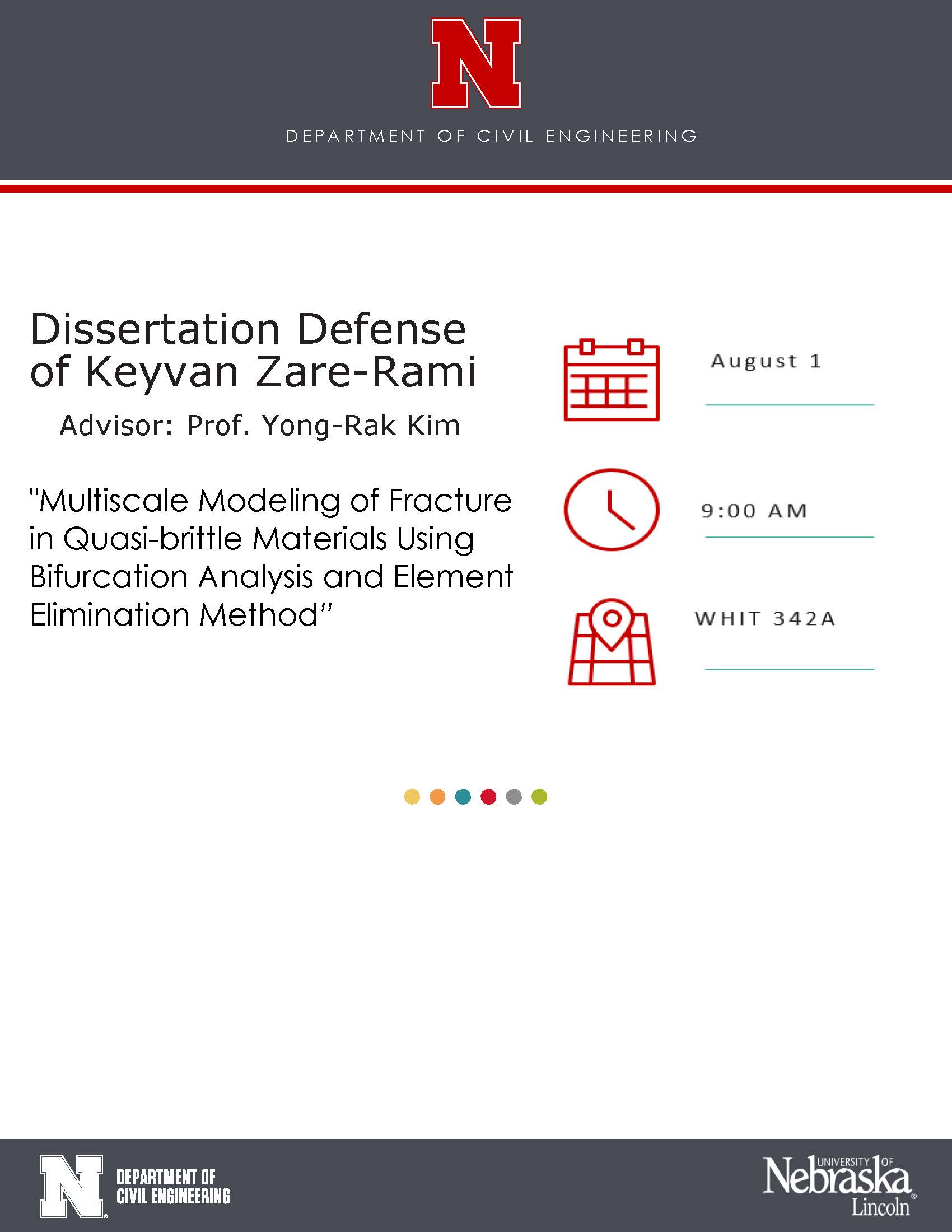
Analyzing the fracture of heterogeneous materials has been a common and continuing problem. What makes it challenging is that the mechanical behavior of a heterogeneous material strongly depends on various factors such as its microstructure, properties of each constituent, and the interaction between them. An accurate analysis, therefore, requires taking into account these factors effectively. The multiscale method has been widely used for this purpose. In this scheme, the effective macroscopic properties of a heterogeneous material are obtained from the response of a Representative Volume Element (RVE) using the computational homogenization method. The growth of damage in RVE can be represented using common damage theories such as the formation of microcracks and is usually treated using standard homogenization theories which result in degradation of the effective properties. In most cases, increasing the loading further causes the microcracks to accumulate and consequently form a localized band within the RVE which may become sufficiently large compared to the size of RVE. There are several theoretical shortcomings of standard multiscale approaches in dealing with localized RVE that brings into question their viability.
This study aims to develop and implement a two-way linked multiscale method, which accounts for localization of RVE by first assessing the localization and then reflecting it as a discontinuity on the macroscopic scale. In the proposed method, the localization of RVE is assessed using the bifurcation analysis which is performed on the anisotropic tangent stiffness tensor of RVE. The anisotropic tangent stiffness tensor is obtained by applying normal and shear displacement boundary conditions separately on the damaged RVE at each time step. Once the bifurcation analysis meets the onset of weak discontinuity requirement, a discontinuity is inserted on the macroscopic scale. The discrete representation of crack on the macroscopic scale is simulated using the element elimination method. The whole algorithm has been implemented in the form of a two-way linked multiscale code in FORTRAN. Additionally, some examples were solved using the developed code to demonstrate the viability of the proposed method. The results show that this approach can successfully simulate fracture
in heterogeneous quasi-brittle materials.
More details at: https://www.facebook.com/events/2096820497294081/